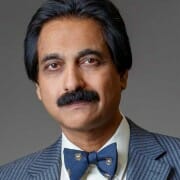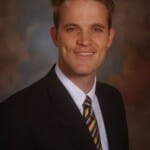Dr. Bhupendra Patel
Medical School:
- University of Liverpool
- University of London
Residency:
- General & Plastic Surgery
- University of Liverpool
- Ophthalmology
- Moorsfield Eye Hospital
- University of London
Fellowships:
- Ophthalmic Plastic, Orbital, Lacrimal and Reconstructive Surgery
- Moorsfield Eye Hospital
- Ophthalmic Plastic, Orbital, Lacrimal and Reconstructive Surgery
- University of Utah
Academic Appointment:
Associate Professor, Div. of Ophthalmic Plastic and Reconstructive Surgery
- Dr. Patel’s expertise is in the management of disorders involving eyelids,
periorbital tissues, lacrimal system and facial bones including fractures. He has designed and refined several surgical procedures and instruments. His clinical research interests include thyroid disease, optic nerve disorders, orbital and eyelid tumors, blepharospasm, lacrimal surgery and facial cosmetic surgery. - The division has been a pioneer in research and development of techniques for the management of ocular and facial disorders, orbital malpositions, thyroid eye disease, optic nerve surgery, lacrimal problems and tearing, eyelid and orbital tumors, and the treatment of orbital and facial fractures.
- The division developed the use of Botulinum toxin is also used in the treatment of facial wrinkles and frown lines.
- Many of the cosmetic and reconstructive surgical procedures utilized have been developed by the division including ptosis repair, upper blepharoplasty, internal brow elevation and transconjunctival lower blepharoplasty.
- Small incision endoscopic brow elevation and midface lifts allow aesthetic improvement in many patients who previously would not have been candidates for surgery.
- Procedures including chin and cheek augmentation and facial liposculpture are directed at restoring, and enhancing the architecture and support of the face and eyelids; procedures that remove supportive structures are avoided.
- Laser resurfacing techniques for aging changes are utilized by the division and give less postoperative redness and faster healing.
- Management of some complex disorders and injuries require collaboration with specialists from throughout the Health Sciences Center.


